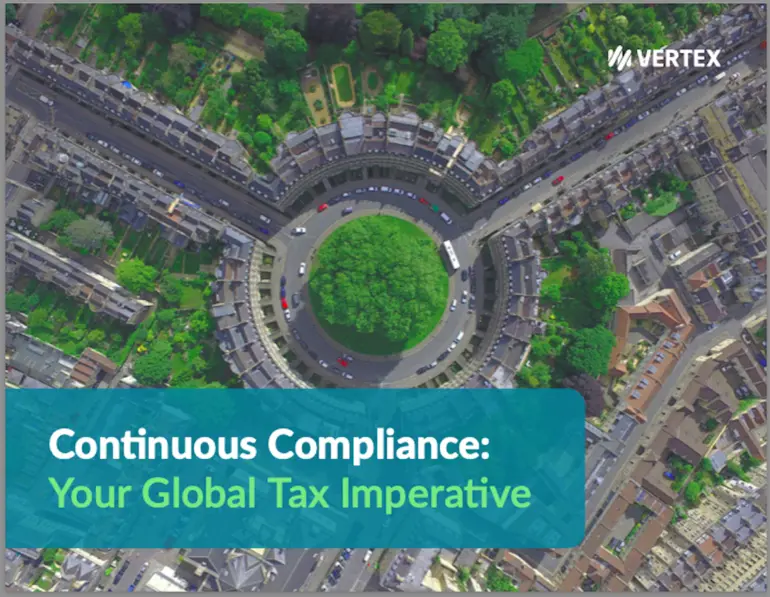Sales and use tax auditing activity is intensifying, yet state departments of revenue (DOR) face the same tax-talent shortage that challenge indirect tax leaders. At the same time, the sophistication of tax compliance automation with DORs and the companies they audit continues to increase at an impressive clip. Given this combination of factors, why are the vast majority of tax audits still conducted by pouring over invoices and induvial transactions?
While there are few, if any, satisfying answers to that question, there is a potential solution: governance-based audits that rely on shared tax control frameworks (TCFs) and other forms of “cooperative compliance.”
Tax control frameworks are not a new concept. However, they have gained renewed relevance due to the widespread tax talent shortage. This is further amplified by advancements in supporting technologies, tax data management capabilities and related controls made by taxpayers and tax authorities. Take a look at the typical Vertex customers tax technology stack and you’ll see proper mapping, automated determination, on-time reporting, return-filing via managed services, automated exemption certification management and even more (e.g., tax data analytics). These tax tech stacks manage multiple streams of tax and transactional data from diverse sources with the support of robust governance controls and models. This is to say that many organizations already have the foundations of an effective tax control framework in place.
As a structured control system, TCFs strengthen tax compliance through several enabling components. These include the creation and execution of a comprehensive tax compliance strategy and the assignment of specific compliance responsibilities. They also cover the documentation of governance and controls, controls testing, support for tax automation and assurance. TCFs can also foster more collaboration and transparency between taxpayers and tax jurisdictions. A 2023 Tax Notes International (TNI) article (The Role and Evolution of Tax Control Frameworks) emphasizes that TCFs enable tax authorities to place “justified trust” in a company’s tax compliance processes and systems. In practice, this transparency and trust – generated by a greater focus on tax compliance governance – leads to fewer and/or less intrusive audits. If an auditor’s governance review yields positive results, there is less of a need to perform exhaustive reviews of transactions and invoices.
That TNI article, which is co-authored by an impressive groups of tax policy experts and academics, serves as a valuable primer (or refresher) on TCFs and cooperative compliance. The latter is a broader concept related to improved taxpayer-tax authority collaboration, which TCFs help enable.
The article traces the evolution of TCFs and examines their global use, design, characteristics and benefits. At a high level, they can help companies by:
- Reducing audit burdens
- Providing tax groups with more clarity on difficult tax treatments
- Strengthening compliance-related risk management
- Improving tax group’s operational efficiency
- Cultivating better relationships with tax authorities
The TNI article also notes that tax jurisdictions can leverage TCFs to:
- Deploy their (often lean) staffs more effectively
- Cultivate more comprehensive understanding of a company’s tax positions
- Allocate time and resources to higher-risk taxpayers
- Take more effective and efficient approaches to assessing compliance and conducting audits
The use of TCFs and cooperative compliance approaches is more common overseas (e.g., The Netherlands, Austria and Australia) than it is in the U.S., but that seems poised to change. We’ll keep you updated on governance-focused tax audits in 2025 and beyond.


